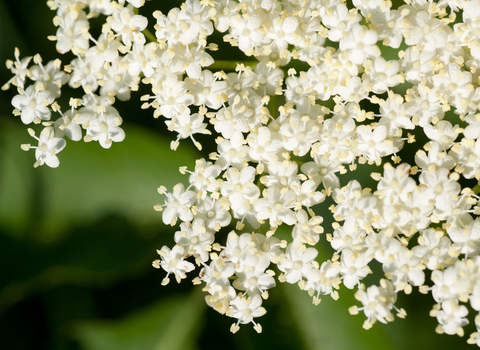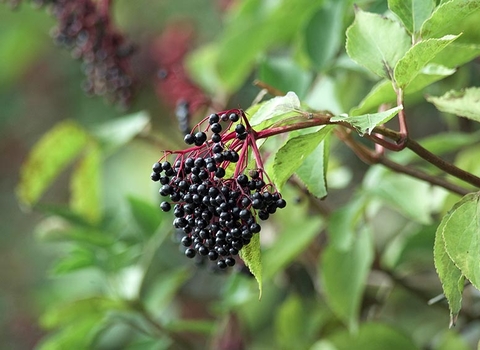
Elderflower (c) Alexandrumagurean

©northeastwildlife,co,uk
Elder
Elder is an opportunistic shrub of woods, hedges, scrub, waste and cultivated ground. Its flowers and berries are edible, but it's best to gather wild food with an expert - try it at a Wildlife Trust event.
